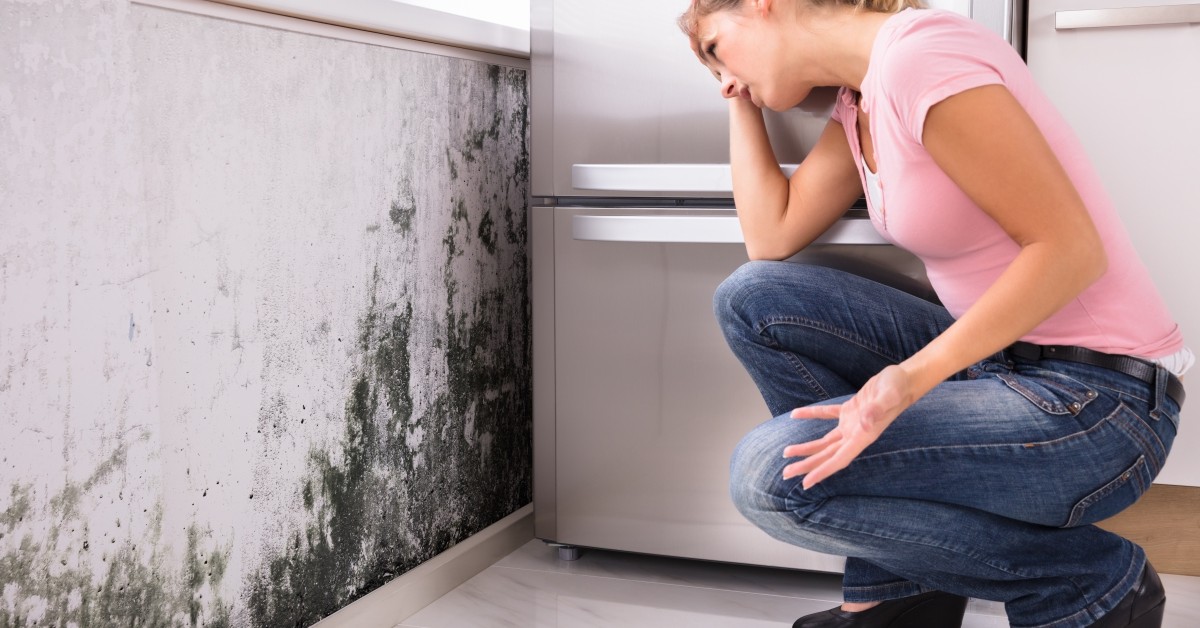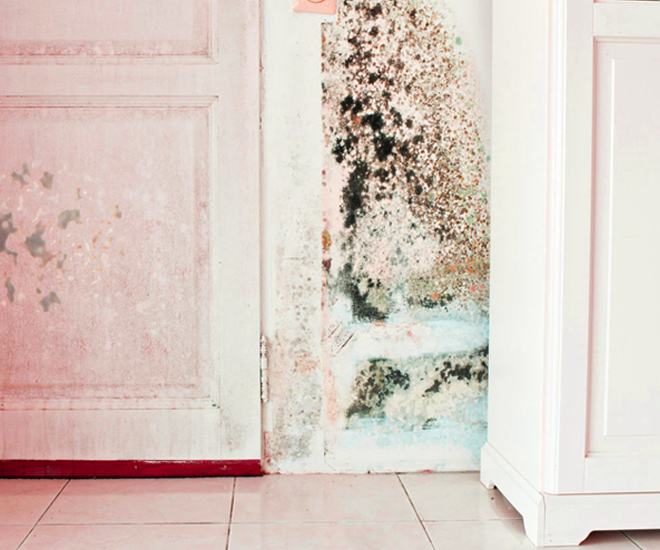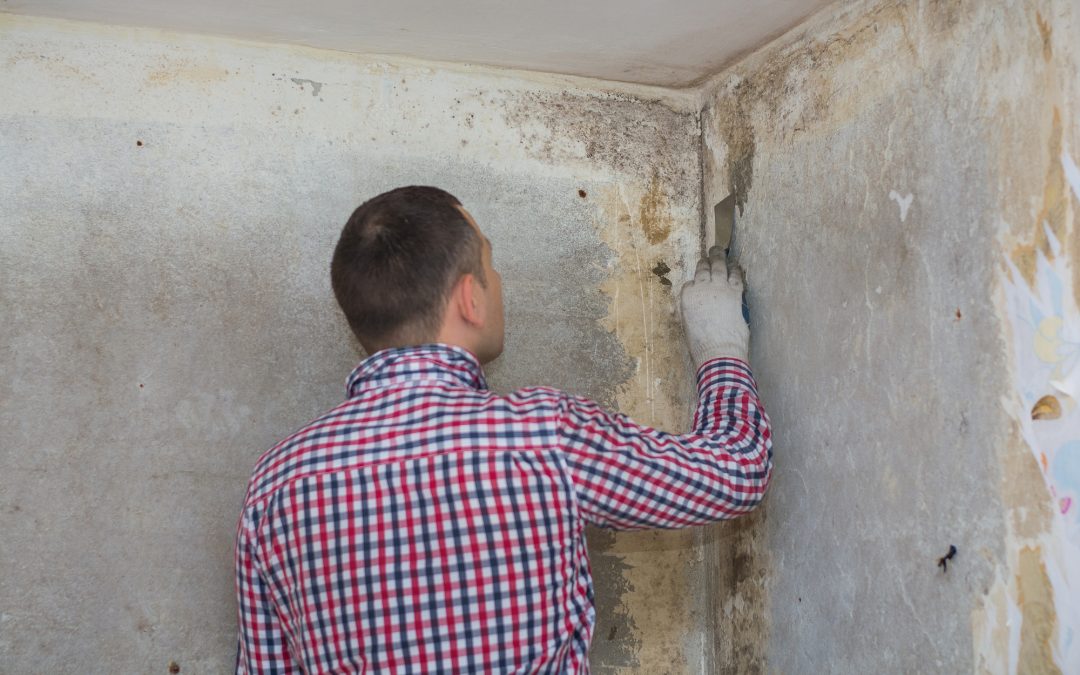Essential Actions After Mold Remediation
Essential Actions After Mold Remediation
Blog Article
Your Ultimate Guide to Message Mold And Mildew Removal Techniques
Navigating the realm of post-mold removal strategies is a meticulous process that demands attention to detail and an extensive understanding of the intricacies involved. In the consequences of mold infestation, knowing just how to successfully eliminate the mold and mildew and prevent its reoccurrence is extremely important for keeping a healthy and balanced interior environment. From choosing the best cleansing and sanitizing techniques to carrying out approaches for lasting mold avoidance, each action in the remediation trip plays a critical duty in making sure a successful result. As we embark on this exploration of post-mold remediation methods, we will certainly discover the crucial methods and finest practices that can help you restore your space to its pre-mold problem and protect it against future mold and mildew dangers.
Understanding Post-Mold Remediation Refine
After completing the mold and mildew removal process, it is essential to understand the post-mold removal techniques that are necessary to ensure a detailed and efficient cleanup. Once the mold and mildew has been removed, the following step includes cleansing and decontaminating the impacted locations to stop any regrowth of mold and mildew.
Furthermore, performing a final evaluation post-remediation is essential to make certain that all mold has been successfully eliminated. If the assessment exposes any kind of remaining mold and mildew, extra remediation may be required.
Efficient Cleaning and Decontaminating Approaches

Protecting Against Future Mold And Mildew Development

Relevance of Correct Air Flow
Correct air flow plays a critical duty in stopping dampness build-up, a key aspect in mold development within interior environments. Reliable air flow systems aid eliminate excess moisture from the air, lowering the chances of mold spores finding the wetness they need to spread out and sprout. Without sufficient air flow, interior rooms can end up being a breeding ground for mold, resulting in potential health dangers and structural damages.
By making certain correct air circulation, ventilation systems can also help in drying out damp areas quicker after water damage or flooding incidents, better deterring mold growth. Post Mold Remediation. Precede like restrooms, attics, kitchen areas, and basements where wetness levels have a tendency to be greater, setting up and preserving effective ventilation systems is crucial in preventing mold and mildew problems

Surveillance and Maintenance Tips
Given the critical function that appropriate air flow plays in stopping mold and mildew development, it is necessary to develop reliable surveillance and maintenance suggestions to make sure the continued functionality of ventilation systems. Routine inspections of air flow systems must be performed to look for any type of indications of clogs, leakages, or breakdowns that might hamper correct air flow. Tracking humidity degrees within the residential property is likewise essential, as high humidity can add to mold development. Installing a hygrometer can aid track moisture levels and alert homeowners to any type of spikes that might require interest. Furthermore, guaranteeing that air filters are regularly cleaned up or replaced is essential for maintaining the efficiency of the ventilation system. Carrying out a schedule for routine maintenance jobs, such as air duct cleaning and HVAC system examinations, can assist avoid problems prior to they escalate. By remaining positive and mindful to the condition of air flow systems, property owners can efficiently reduce the threat of mold and mildew regrowth and keep a healthy and balanced interior environment.
Conclusion
Finally, post-mold remediation strategies are necessary for making sure a risk-free and tidy atmosphere. Comprehending the process, implementing efficient cleaning and sanitizing techniques, protecting against future mold development, maintaining correct ventilation, and regular monitoring are all critical actions in the removal process. By complying with these guidelines, you can effectively eliminate mold and avoid its recommended you read return, promoting a healthy living or working space for all residents.
In the results of mold invasion, understanding exactly how to successfully get rid of the mold and mildew and avoid its reoccurrence is vital site for preserving a healthy interior atmosphere. Once the mold and mildew has actually been gotten rid of, the next action involves cleansing and decontaminating the influenced areas to prevent any kind of regrowth of mold and mildew - Post Mold Remediation. After removing visible mold growth, it is crucial to clean all surface areas in the affected location to remove any type of remaining mold spores. To even more enhance mold avoidance procedures, it is necessary to resolve underlying issues that at first led to mold growth.Offered the essential role that correct air flow plays in preventing mold growth, it is critical to establish efficient tracking and maintenance ideas to make certain the continued functionality of air flow systems
Report this page